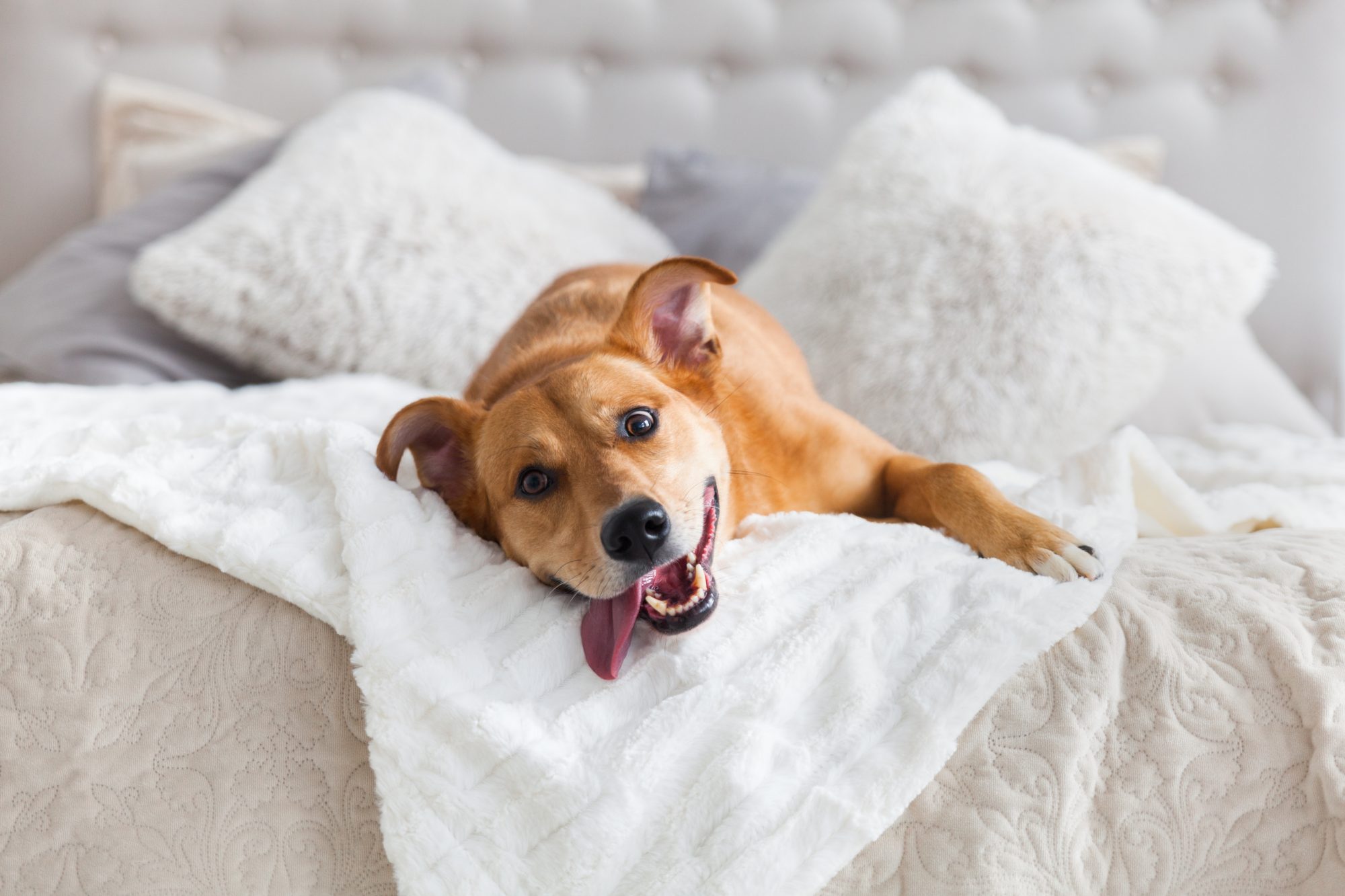Recognizing Yeast Infection in Dogs

Yeast infection in dogs can affect many areas of the body, making your dog uncomfortable. Yeast naturally lives on the skin in “low” numbers. As long as the numbers remain low and your dog doesn’t develop a hypersensitivity to yeast, the yeast will remain in harmonious balance with the rest of the microflora on the skin and cause no problems.
In situations where conditions are ideal for yeast to grow, they can proliferate to the point where they cause a yeast infection. Helpful conditions for yeast overgrowth include moist, dark and warm areas. Yeast infections in dogs are common and are almost always associated with an underlying condition such as moisture, allergies, inflammation or immune compromise.
Oakland Veterinary Referral Services provides an overview of what causes yeast infection in dogs, as well as how to treat the issue.
Does My Dog Have Yeast Infection?
While dog owners often describe a “yeasty odor” from the skin, there is not a distinctive odor for yeast infection. Our sense of smell is not sensitive enough to differentiate among yeast infections, bacterial infections, parasitic infestations or other causes of irritation. So the absence of a yeasty smell doesn’t rule out a yeast infection.
Many areas of your dog’s body can be affected by a yeast infection. Areas that are warm, inflamed or moist are the most ideal for yeast overgrowth:
- Ear canals
- Armpits
- Skin folds (face, legs, genitals)
- Groin
- Paws (between toes or between footpads)
Signs that often accompany a yeast infection, although not exclusive to yeast infections, include:
- Greasy, oily skin
- Moisture
- Brownish, waxy debris
- Redness/inflammation
- Itchiness
- Brownish discoloration of the hairs
Your veterinarian will be able to provide an examination and testing to accurately diagnose these symptoms. Be sure to call your vet any time you suspect an infection or if symptoms arise that are out of the ordinary.
Why Did My Dog Get a Yeast Infection?
Yeast infections can develop for a number of reasons. Anything that makes an area of the body ideal for yeast growth can contribute to yeast infection. The most common reasons include:
- Inflammation due to underlying allergy
- Skin folds (common in some breeds like English Bulldogs and Chinese Shar Pei)
- Softening of the skin due to moisture
- Immune compromise
- Hormonal imbalance (low thyroid hormone, excess cortisol hormone)
The inner ear is an area that is susceptible to a yeast infection, especially when water gets into the canal and remains (and why it is important to thoroughly dry your dog after a bath or a swim).
Diagnosis and Treatment of Yeast Infection in Dogs
In order to diagnose a yeast infection in dogs, your veterinarian will collect a sample of hair and skin. This is called cytology or scaling, when a veterinarian can determine the presence of yeast overgrowth and/or infection by analyzing the cells of skin under a microscope.
In terms of treating yeast infection, we must look at the cause. If your pet suffers from allergies, then simply treating the infection won’t prevent future yeast infections. There needs to be a concurrent plan to treat the cause or conditions that encourage yeast infections while treating the infection itself.
Your veterinarian can recommend antibiotics and topical creams or ear drops. There are ways that you can also help soothe the skin at home. Other ways to discourage yeast infections in dogs include:
- Avoid going out with your pet when the temperatures and humidity are high.
- Clean your dog’s ears regularly and keep them clean and dry.
- Dry your dog off after swimming, being outdoors in the rain, and after bathing them.
- Keep them on a parasite preventative.
- Address any food or seasonal allergies in your pet with your veterinarian.
If you would like more information on yeast infection in dogs, please speak with your regular veterinarian or call us.


